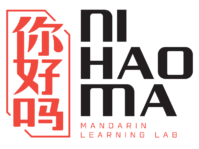For those studying Chinese or needing to communicate in Chinese online, knowing how to type Chinese on a computer is an essential skill many are interested in. In this article, Ni Hao Ma will guide you through how to install and use Chinese input methods on computers and phones for writing, chatting, and connecting effectively with the Chinese-speaking community.
Chinese Input Methods on Computers
When learning Chinese or needing to use Chinese for work, knowing how to type Chinese has become an important skill. However, due to the differences in writing style and the structure of Chinese characters, you need special input methods to type Chinese characters on a computer.
Today, there are many Chinese input methods available for popular operating systems like Windows and macOS. Here are some of the most common types you can choose from:
Pinyin Input Method
The Pinyin input method is the most popular and user-friendly, especially for Chinese learners. Pinyin is the Romanized system for Chinese pronunciation, so users simply type Latin letters to find the corresponding Chinese characters. For example, to type “你好” (nǐ hǎo), you just type “ni hao” on your keyboard. The input method will then suggest a list of corresponding Chinese characters for you to select the correct one.
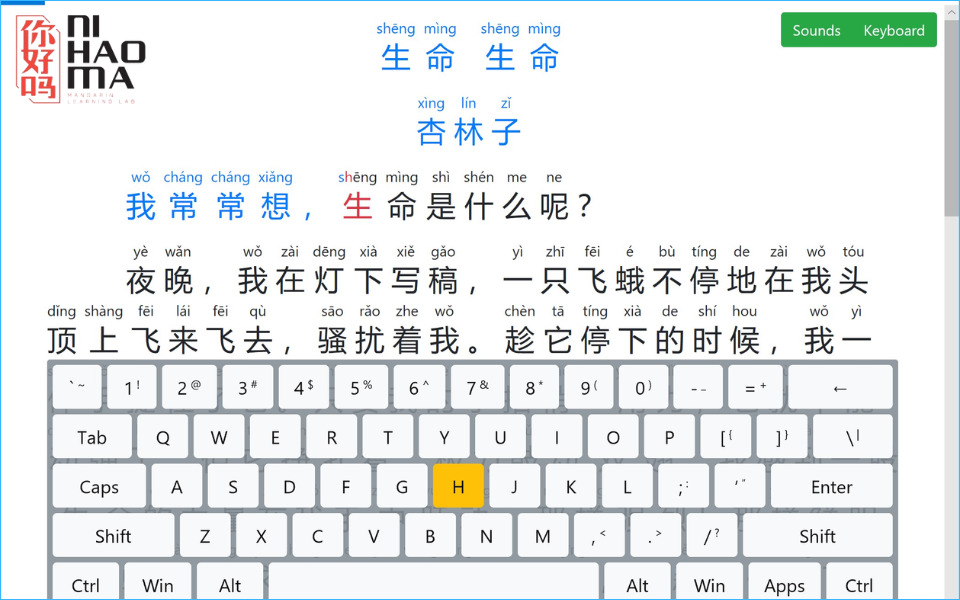
Pinyin input is convenient and fast, as it saves users from having to memorize how to write each character, only needing to know the pronunciation. Popular Pinyin input methods include Sogou Pinyin, Google Pinyin, and Microsoft Pinyin, all powerful tools with smart word suggestions.
Bopomofo (Zhuyin) Input Method
The Bopomofo (Zhuyin) input method uses phonetic symbols to represent Chinese sounds. It’s based on a system of unique phonetic symbols, commonly used in Taiwan. Unlike Pinyin, Bopomofo does not use Latin letters but instead uses symbols like ㄅ, ㄇ, ㄈ, etc. Using this input method requires knowledge of the Bopomofo system.
In Bopomofo, you type the phonetic symbols representing each sound, and the input method suggests matching Chinese characters.
Wubi Input Method
The Wubi input method is another widely-used method in China. Unlike Pinyin, Wubi does not rely on pronunciation but codes characters based on their radical and stroke composition. In Wubi, Chinese characters are broken down into components, and users type the corresponding keys on a standard QWERTY keyboard.

The keyboard is divided into five zones based on five basic strokes (horizontal, vertical, dot, downward left, and hook). Typing with Wubi requires knowing how to decompose characters into components and typing them in a specific order.
Nine-Key (Cangjie) Input Method
The Nine-Key (Cangjie) input method is commonly found on mobile phones. The name “Nine-Key” comes from the layout of letters and characters across nine number keys. Multiple Latin letters (a-z) are grouped into each key (2–9).
For example, key 2 contains “abc,” key 3 contains “def,” and so on. To type a specific letter, users often press the corresponding number key multiple times. For instance, to type “c,” you would press “2” three times. The Nine-Key method is often used in combination with Pinyin on mobile devices.
Handwriting Input Method
Another way to input Chinese is using handwriting recognition. With this method, you draw the characters directly on a touchscreen (or use a mouse), and the software recognizes and converts your writing into the correct Chinese character.
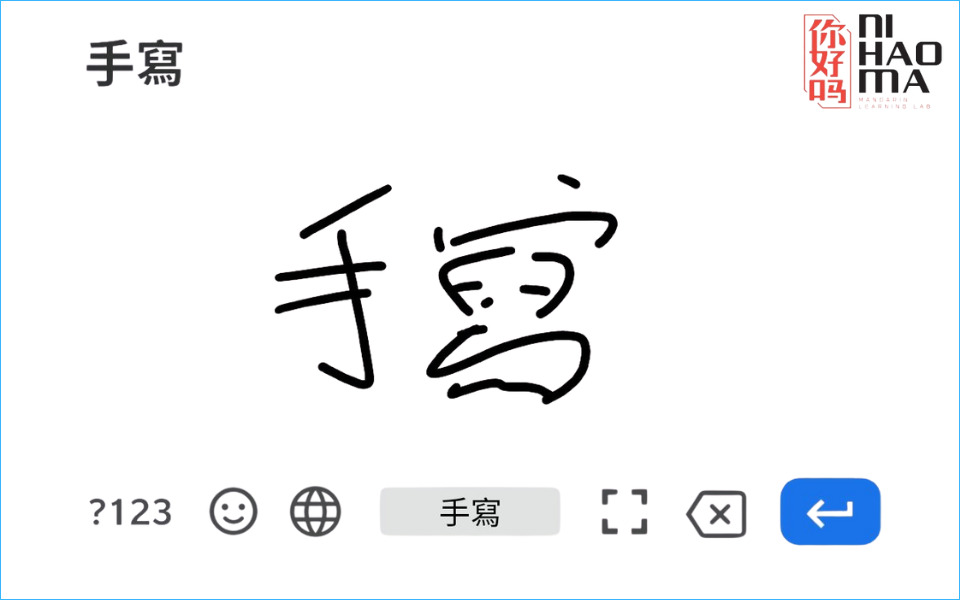
Handwriting input is great for those who don’t know the pronunciation or the structure of a character but can recognize its form. However, it requires a touchscreen or mouse, making it less convenient for desktop use.
How to Type Chinese on a Computer
Learning Chinese and want to be able to type Chinese characters on your computer easily? Whether you’re using Windows or a MacBook, setting up a Chinese input method is straightforward and can be done in just a few steps.
Typing Chinese on Windows
Step 1: Open Settings by pressing Windows + I, then select Time & Language.
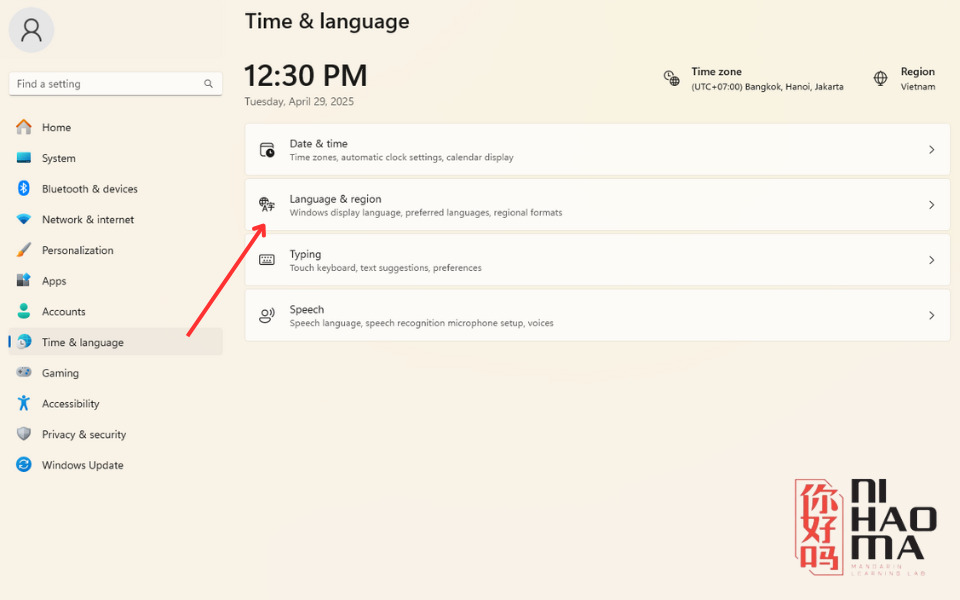
Step 2: Click on Language & Region, then select Add a language.
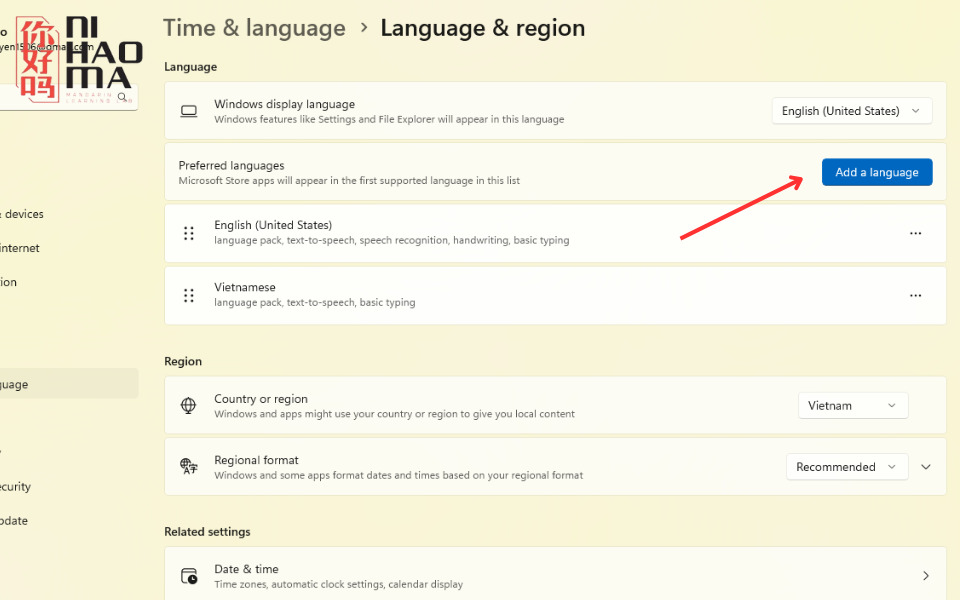
Step 3: Search for and select Chinese (Simplified) or Chinese (Traditional) depending on your need, click Next, and then Install.
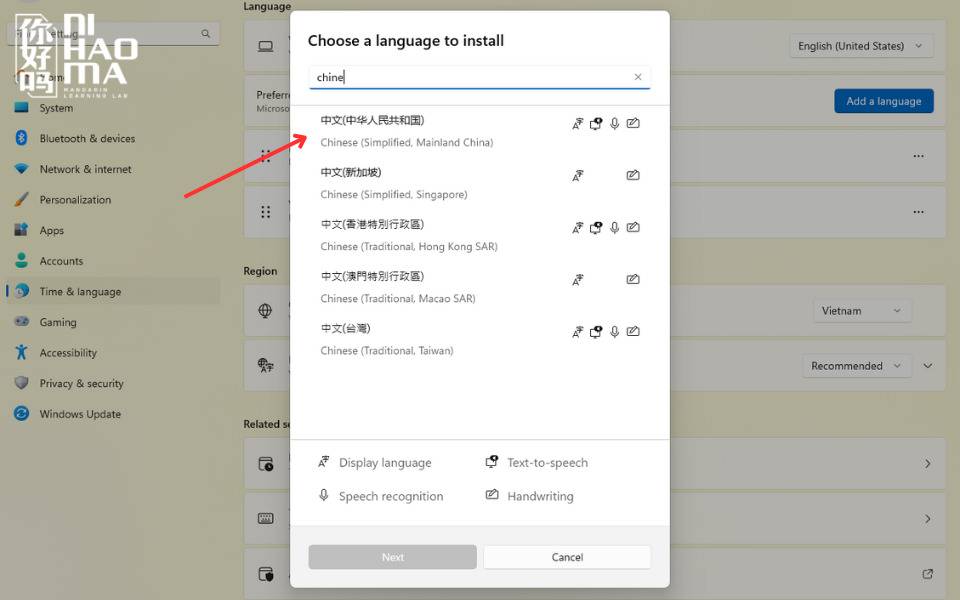
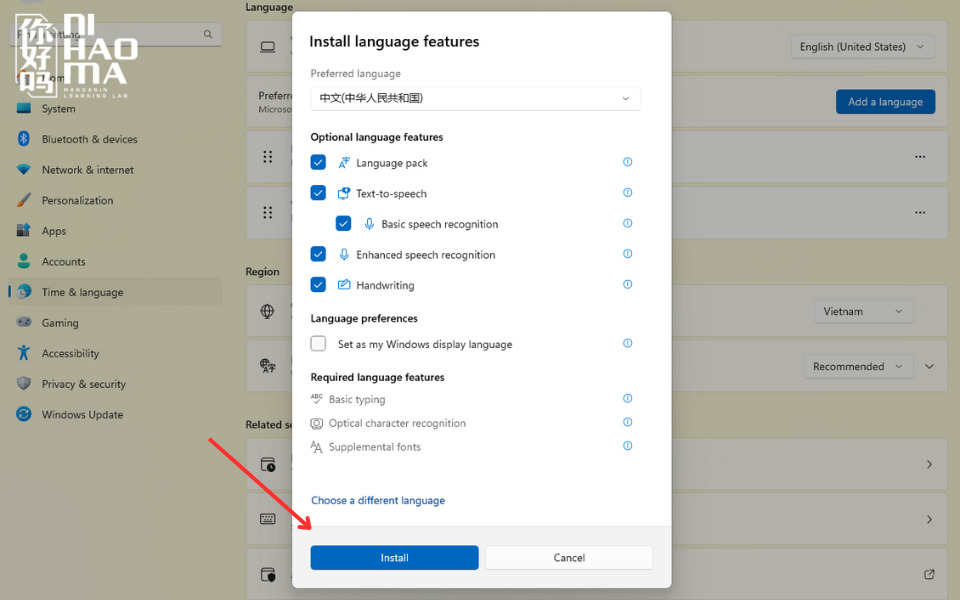
Step 4: Go back to Language & Region, select the installed Chinese language, and click Language Options.
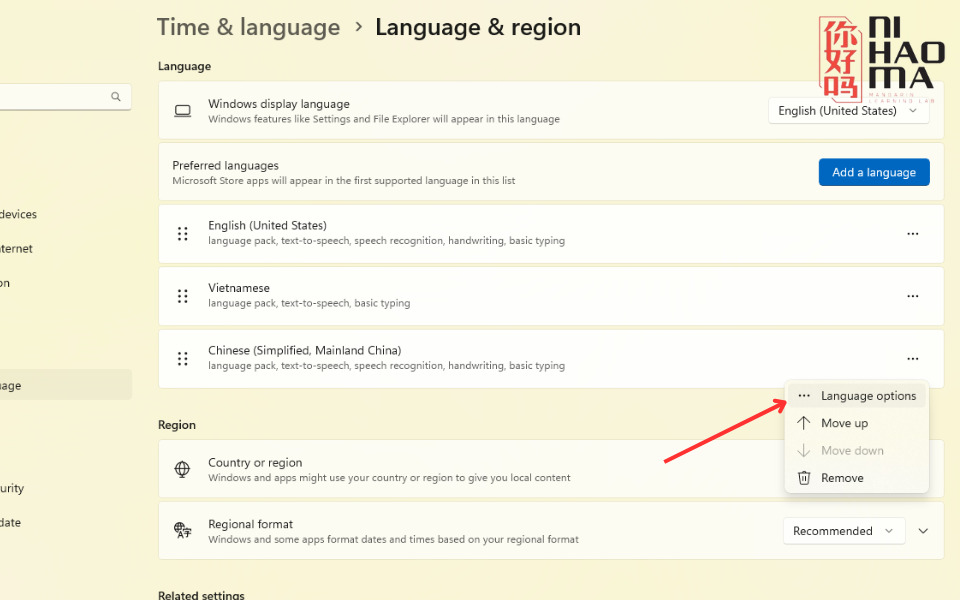
Step 5: Under Keyboards, select Microsoft Pinyin or Microsoft Bopomofo based on your preference.
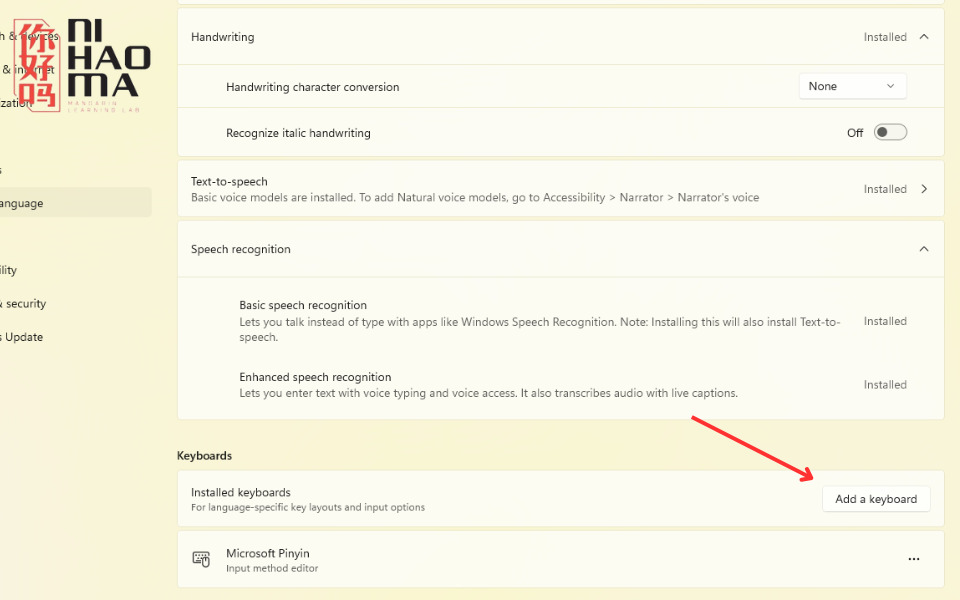
Step 6: Press Windows + Space to switch between installed languages, or click the language icon on the taskbar to choose your input language.
Typing Chinese on Mac OS
Owning a Mac and want to draft documents, send emails, or chat with friends in Chinese easily? macOS is known for being user-friendly and excellent at supporting multiple languages. You can set up Chinese input in just a few simple steps:
Step 1: Open System Preferences, and select Keyboard.
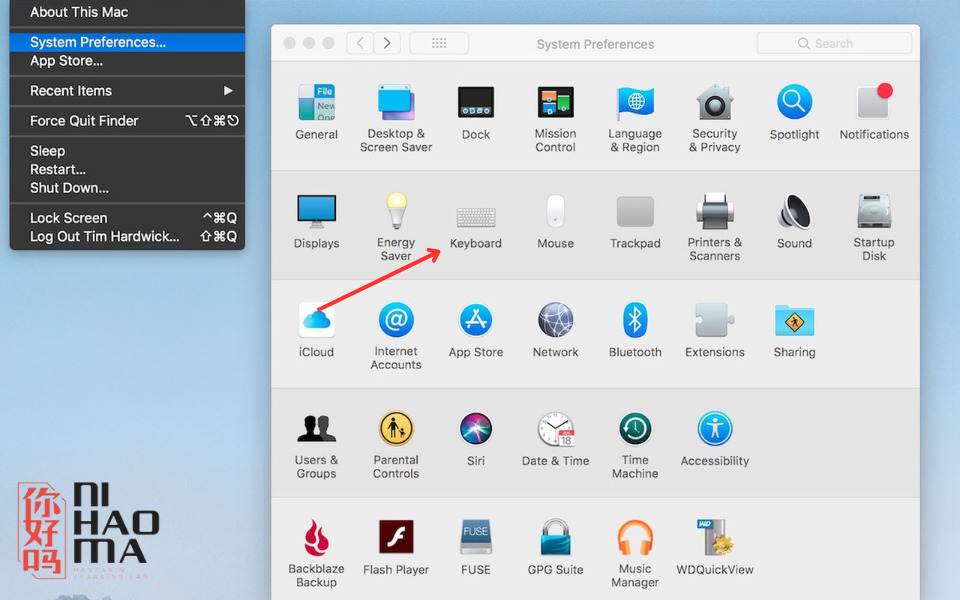
Step 2: Go to the Input Sources tab, click the “+” button.
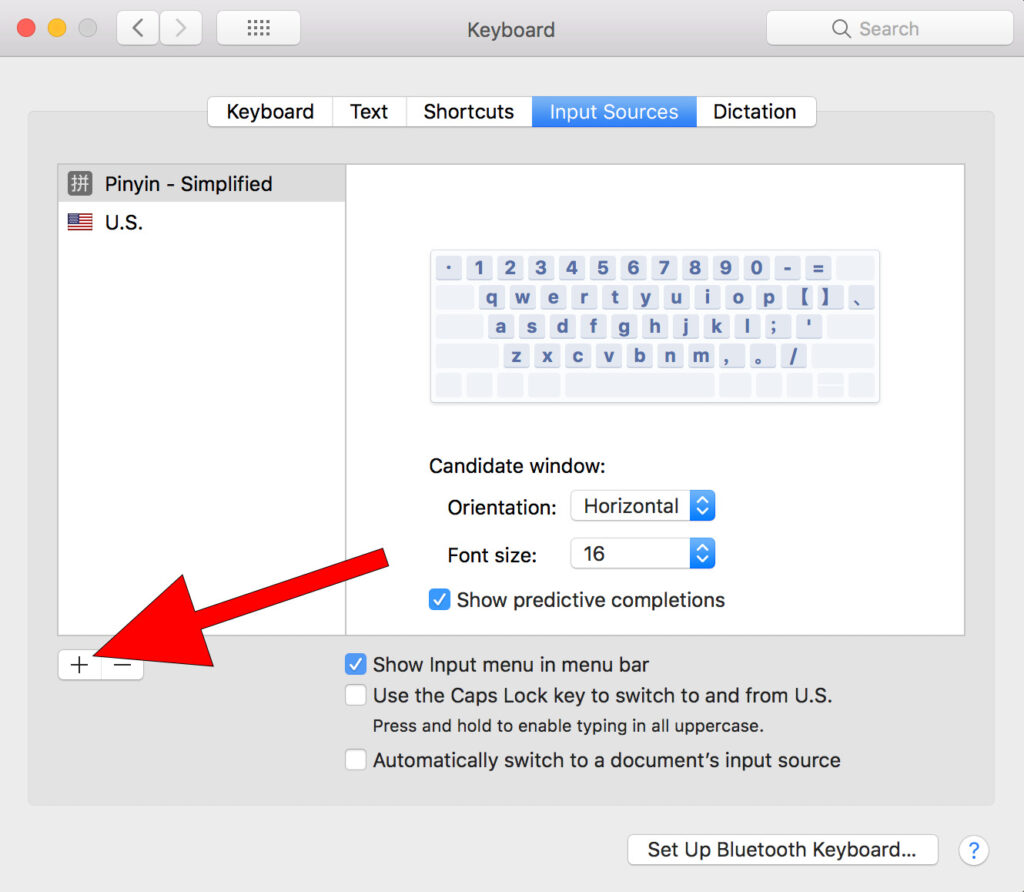
Step 3: Find and select Chinese, Simplified or Chinese, Traditional.
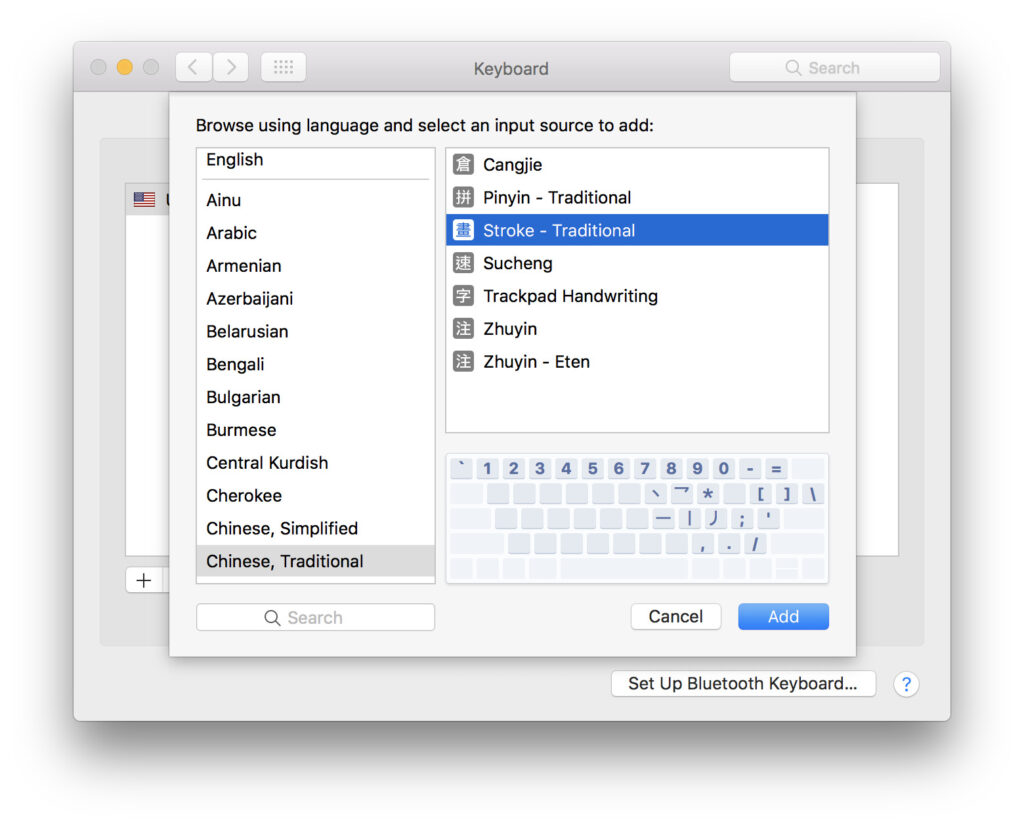
Step 4: Choose your input method (such as Pinyin or Zhuyin) and click Add. To switch between languages, press Control + Space.
Popular Chinese Input Software
Choosing the right Chinese input software can greatly enhance your typing efficiency, save time, and improve communication.
Sogou Pinyin
Sogou Pinyin is the most popular input method in China, known for its quick word prediction, massive vocabulary, and user-friendly interface. It not only supports new learners with precise vocabulary suggestions but also regularly updates to include modern language trends. It also allows customizable themes and specialized vocabulary packs, making it ideal for professional use.

Google Pinyin Input
Another popular option for those who prefer simplicity and seamless integration with Google services is Google Pinyin Input. This input method stands out for its intelligent text prediction, optimization based on personal usage habits, and extremely fast processing speed. Google Pinyin Input also earns points with its word-learning feature, meaning the software will automatically “remember” how you type to provide more accurate suggestions in the future.
Microsoft Pinyin
If you are using the Windows operating system, the good news is that you don’t need to install any additional software, as Microsoft Pinyin is already built-in. This is Microsoft’s official Chinese input method, allowing you to type Chinese using Pinyin smoothly and reliably. The biggest advantage of Microsoft Pinyin is its convenience: with just a few simple setup steps in the Language Settings, you can start using it immediately.
Conclusion
Whether you’re using Windows or macOS, typing Chinese on computers today has become much simpler thanks to well-supported input methods. With just a few basic setup steps, you can easily input Chinese characters for learning, work, or entertainment. Thanks to Ni Hao Ma‘s detailed guide, we hope you now know how to type Chinese on a computer and use Chinese more effectively online.
